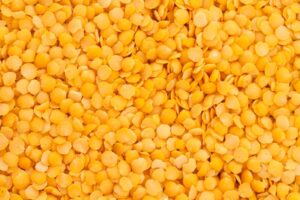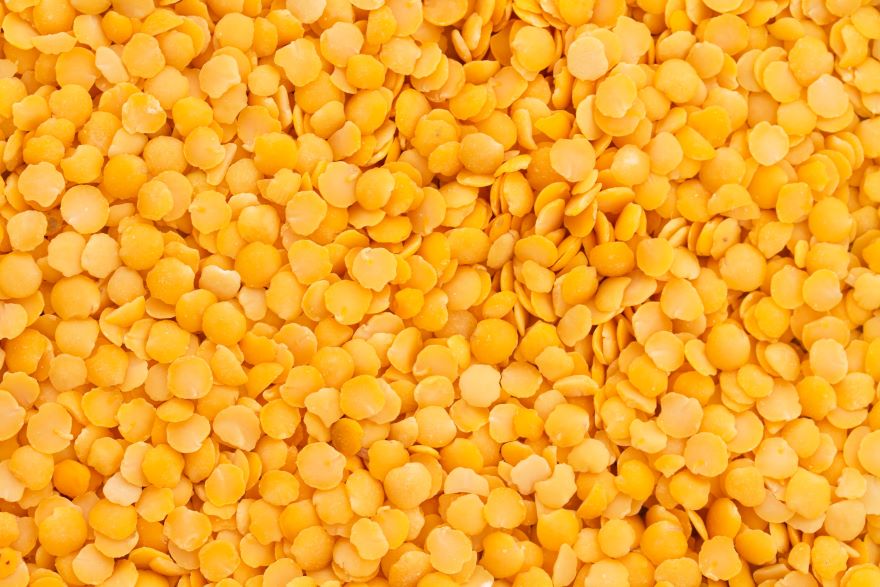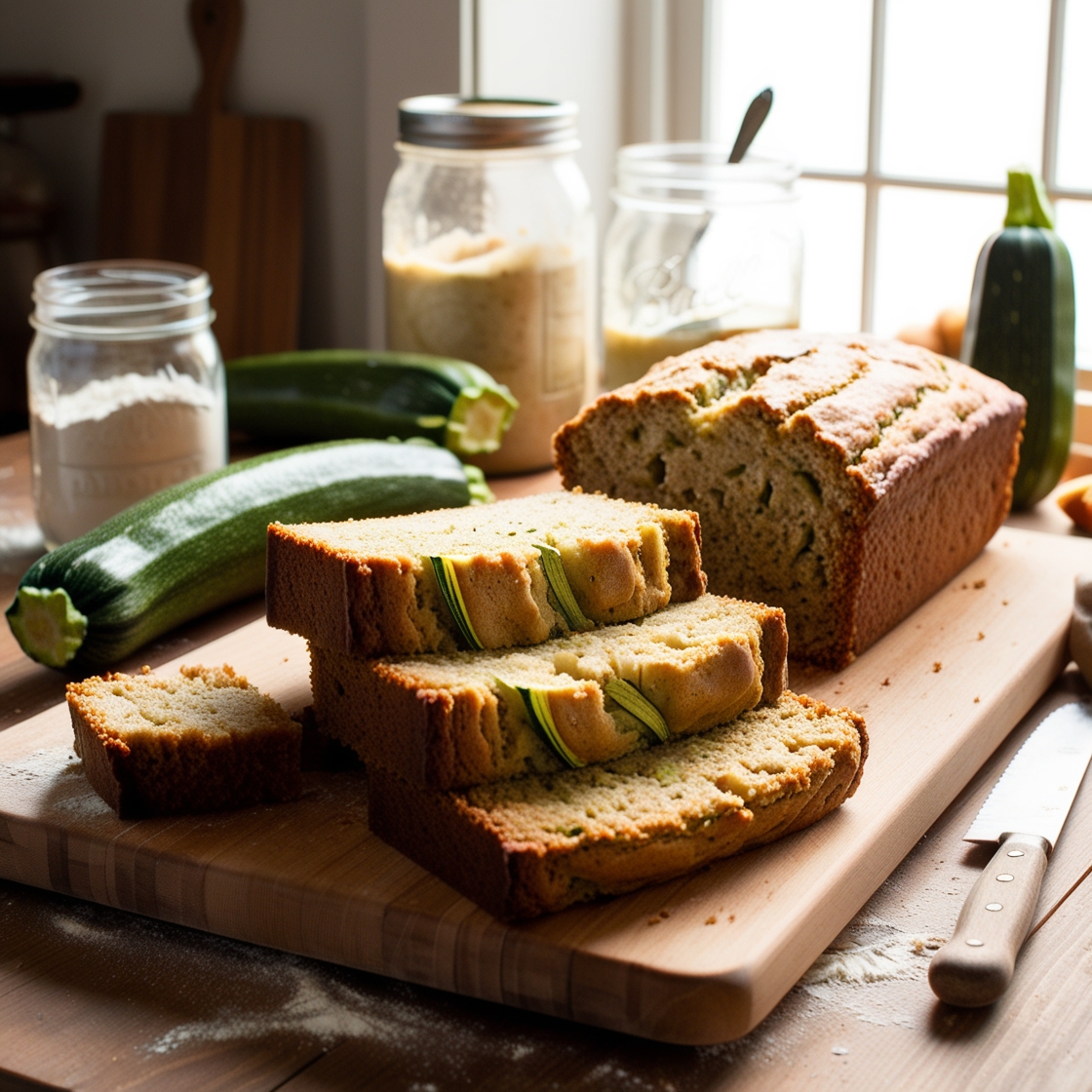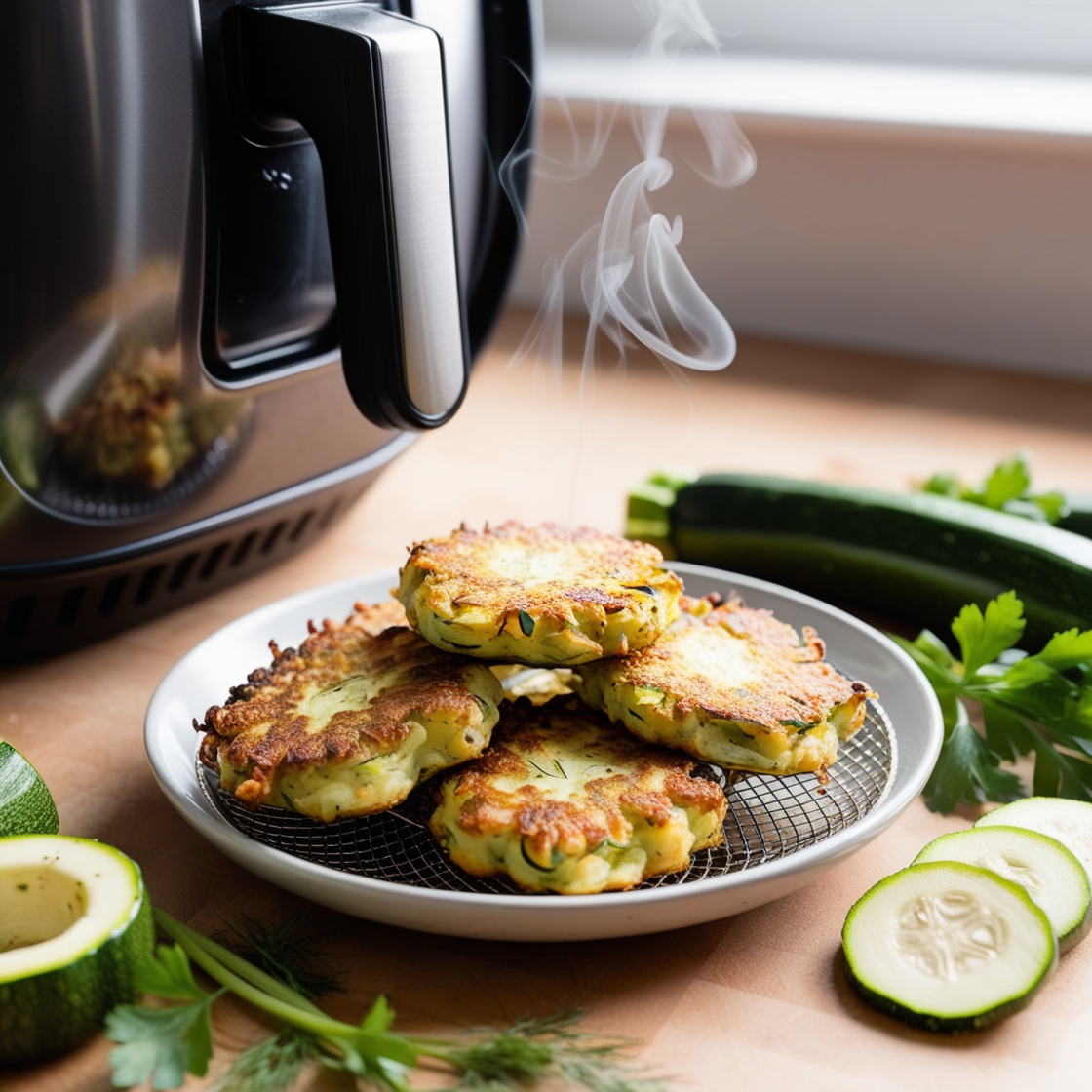Yellow lentils, often found at the heart of many culinary traditions, boast a versatile nature that makes them an excellent addition to a myriad of dishes. My experience with these pulses has revealed they can be the star in a robust curry or play a supporting role in a refreshing salad. Rich in fiber and protein, the lentils are not just a staple for those following a vegan lifestyle but are also a healthy choice for anyone looking to enhance their diet with nutritious foods.

Though their mild, nutty flavor makes them a delight on the palate, it is their nutritional profile that truly shines. Yellow lentils are packed with essential nutrients, which contribute to overall health and well-being. They’re easy to cook, but they differ from other varieties like green or brown lentils in both cooking time and texture. Yellow lentils become softer and break down quicker when cooked, which makes them ideal for dishes where a creamier consistency is desired.
Key Takeaways
- Yellow lentils are a versatile and nutritious addition to various dishes.
- They offer a substantial amount of fiber and protein, supporting a healthy diet.
- These pulses are especially beneficial for vegan diets and promote well-being.
Nutritional Profile of Yellow Lentils

Yellow lentils are a sturdy backbone in the legume family, known for a rich nutritional profile with ample vitamins and minerals, as well as being an excellent source of protein and fiber. These components make them a beneficial food for maintaining heart health and managing cholesterol levels.
Vitamins and Minerals
Yellow lentils contain a variety of vitamins and minerals that are essential for overall health. They are particularly high in B-vitamins, such as folate, which is crucial for red blood cell formation and has roles in reducing risks associated with heart disease. Iron is also abundant, supporting energy levels and preventing anemia. With less commonly found minerals like zinc and manganese, these lentils help support immune function and bone health. The nutritional analysis of these compounds in the lentils backs up their role in a balanced diet.
Fiber and Protein Content
The fiber content in yellow lentils is known to support digestive health, contributing to regular bowel movements and fostering a healthy gut environment. With about 9 grams of fiber per cooked half-cup, they are an excellent addition to any meal aiming for digestive well-being. Moreover, these lentils boast a protein content of around 12 grams per same serving size, providing a plant-based protein source that’s necessary for muscle repair and growth. Including yellow lentils in recipes is a simple way to up the protein and fiber content in meals.
Cooking with Yellow Lentils
Yellow lentils, known for their quick-cooking quality and versatility, are a staple in kitchens for creating nutritious meals. Whether in a hearty soup or blended into a creamy hummus, their ability to absorb flavors makes them exceptional for various recipes.
Different Ways to Prepare Lentils
I prefer yellow lentils for their versatility. You can opt for a traditional approach such as a comforting dal, where lentils are simmered with fragrant spices like turmeric and cumin seeds, often enhanced with a tadka – a spicy oil mixture. To incorporate these lentils into a creamy dish, cooking them in coconut milk and vegetable stock can be an excellent way. For those who love a hands-off approach, an Instant Pot can be a game-changer; just add lentils, water, and select the right setting to get perfectly cooked lentils every time.
- Stovetop Method: A simple boil and simmer with spices and herbs.
- Instant Pot: Speedy and consistent results with minimal monitoring.
- Blended Treats: Pureed for dips like lentil hummus.
Pairing Spices and Herbs
Pairing the right spices and herbs is crucial to elevating the flavor of yellow lentils. I like to start with olive oil, adding a base of finely chopped ginger and garlic, which releases their aromatics. Curry powder is a great all-in-one spice blend, but for more control over the flavor profile, I might mix my own blend using individual spices.
- Must-have Spices: Turmeric, cumin seeds, curry powder.
- Herbs for Freshness: Fragrant cilantro or parsley can refresh a lentil dish.
- Aromatic Bases for Depth: Begin with a sauté of olive oil, ginger, and garlic.
Cooking lentils is not only about the flavors but also about the myriad health benefits they bring. By incorporating the right combination of spices and cooking techniques, I can turn a simple legume into an array of delightful lentil recipes that are both satisfying and beneficial for my well-being.
Health Benefits of Yellow Lentils
Yellow lentils are a robust source of nutrition, offering substantial benefits particularly in the arenas of heart health and digestive system support. Rich in fiber and protein, they stand as a cornerstone for a health-conscious diet.
Heart Health
I find yellow lentils to be an exceptional food for supporting heart health. Their high fiber content aids in balancing cholesterol levels, which can reduce the risk of heart disease. Moreover, the lentils have a notable effect on blood pressure, helping to keep it within a healthy range. Research has indicated that the polyphenol-rich content in lentils has a tangible impact on preventing heart-related diseases, which aligns with my understanding of the benefits of antioxidants in the diet.
Digestive System Support
The benefits of yellow lentils extend to the digestive system as well. The presence of substantial fiber in yellow lentils helps sustain regular bowel movements and supports the growth of healthy gut bacteria. This not only assists in maintaining a healthy gut environment but is also crucial in preventing various diseases. Yellow lentils are therefore integral to a diet aimed at nurturing the digestive system.
Integrating Yellow Lentils into Your Diet
Yellow lentils are a fantastic choice for enhancing my regular meal roster because of their nutritional benefits and ease of preparation. They slot seamlessly into vegan and vegetarian diets and offer a level of versatility that helps with meal prep for both lunch and dinner.
Tips for Meal Planning
When I plan my meals for the week, yellow lentils are a staple that I often turn to. Their quick cooking time means I can prepare a batch in advance and use them in various ways throughout the week. Here’s how I incorporate them into my meal prep routine:
- Cook in Bulk: I like to cook a larger quantity of lentils at the start of the week. After they cool, I store them in the fridge for up to five days, or I freeze them in portion-sized bags.
- Seasoning: Lentils are like sponges for flavors. I keep them tasty by cooking them in vegetable broth and adding a pinch of turmeric or cumin for a subtle kick.
Incorporating Lentils into Various Meals
Yellow lentils are incredibly versatile and can become the protein-packed star of any meal. Here’s how I use them:
- Salads: I often toss chilled lentils into salads for a protein boost. They pair well with leafy greens and a lemony vinaigrette for a quick and nutritious lunch.
- Soups: For a comforting dinner, I blend the lentils into soups, which create a hearty base that’s both satisfying and easy to make.
- Vegan Alternatives: As a vegan, I use mashed yellow lentils as a thickener for vegan cheese sauces or to bulk up plant-based burger patties.
By integrating yellow lentils into my diet, I ensure that I have a nutritious and adaptable ingredient ready for a multitude of dishes.
Why Yellow Lentils are a Pantry Staple

In my pantry, yellow lentils are an essential item due to their versatility and health benefits. Originating from India, these vibrant legumes are not only a staple in Indian cuisine but also a favorite in my kitchen for their ease of preparation and nutritional value.
Yellow lentils are an excellent protein source, which is particularly beneficial for anyone following a vegan or vegetarian diet. As someone who values health-conscious choices, I appreciate that these lentils are both gluten-free and packed with essential nutrients.
Another reason I always keep lentils on hand is their quick cooking time. Unlike other legumes, they don’t require pre-soaking. Here’s how easy it is to prepare them:
- Rinse lentils
- Boil in water or broth
- Simmer until soft
Usually, they’re ready to enjoy within 20 to 30 minutes, making them a great option for a fast-paced lifestyle. They are also incredibly easy to incorporate into various recipes, from comforting soups to rich dahls.
| Nutrient | Benefit |
|---|---|
| Protein | Muscle repair |
| Fiber | Digestive health |
| Iron | Energy production |
Finally, for anyone with dietary restrictions, yellow lentils are a reliable food choice. They provide a healthy, allergy-friendly ingredient option that supports various dietary needs without sacrificing flavor or satisfaction.
Frequently Asked Questions
In this section, I’ll address some of the common inquiries about yellow lentils, ranging from their purchase and nutritional content to cooking tips and health benefits.
How can I purchase yellow lentils?
You can find yellow lentils at most grocery stores, health food stores, or online markets. They are commonly available in pre-packaged bags or in bulk bins.
What nutritional value do yellow lentils have?
Yellow lentils are a rich source of protein, dietary fiber, and essential nutrients such as iron, folate, and magnesium.
Can you provide some recipes that use yellow lentils?
Certainly, yellow lentils can be used in a variety of recipes, including creamy yellow lentil dal, hearty soups, and vibrant salads.
What health benefits are associated with consuming yellow lentils?
Consuming yellow lentils can contribute to heart health, aid in digestion, and help stabilize blood sugar levels due to their high fiber and complex carbohydrate content.
How long should yellow lentils be cooked?
Yellow lentils should be cooked for about 15-20 minutes. They are done when they are tender but still hold their shape.
What can I use in place of yellow lentils in a recipe?
Red lentils or mung dal can serve as a good substitute for yellow lentils, offering a similar texture and flavor profile.

*We may earn a commission for purchases made using our links. Please see our disclosure to learn more.



